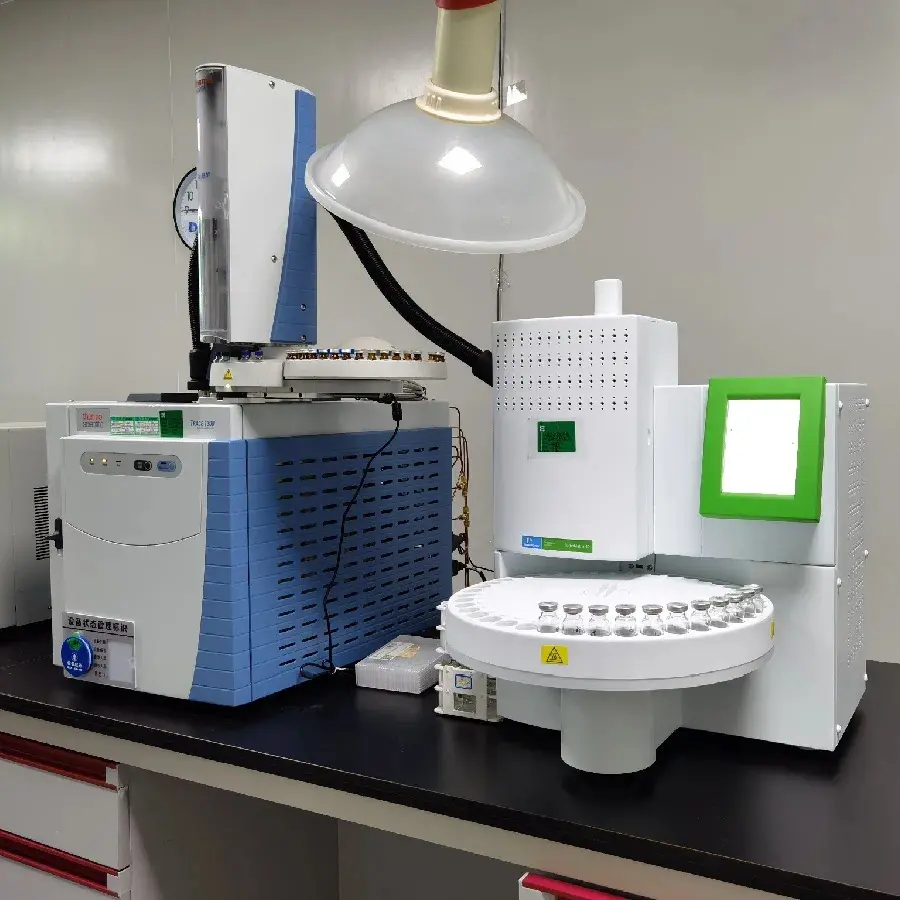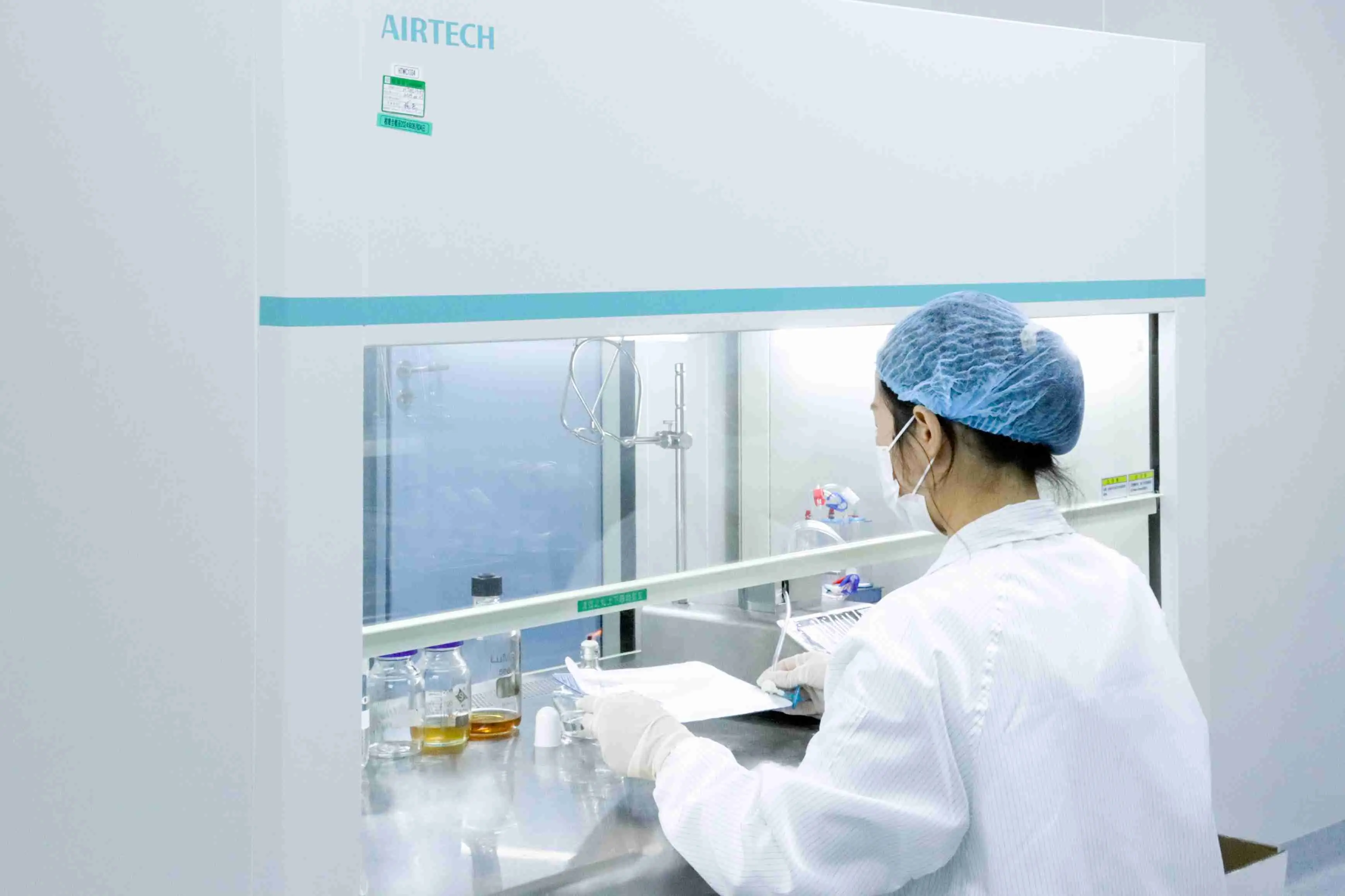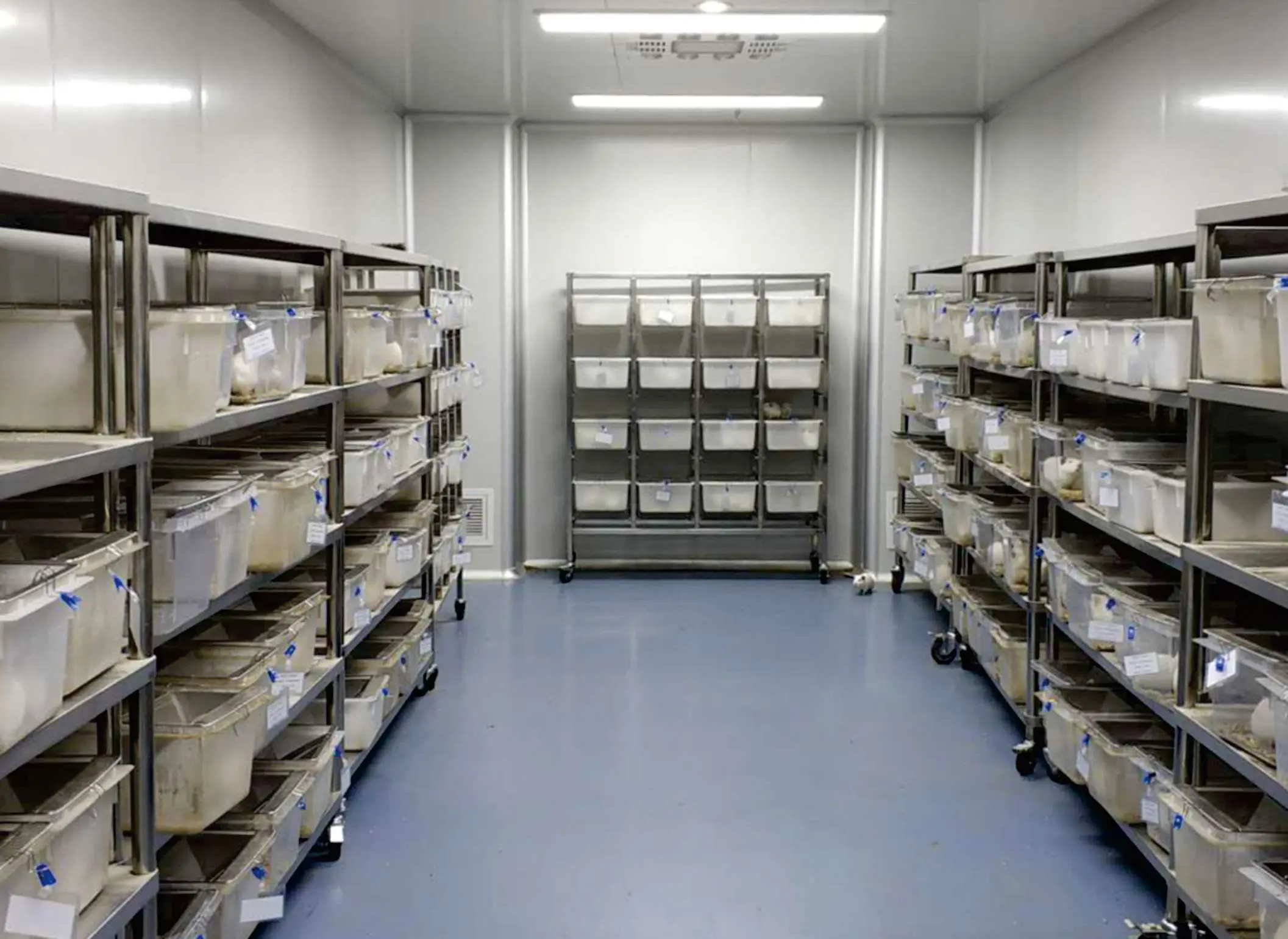
In Vitro Cytotoxicity Testing of Medical Devices
In vitro cytotoxicity testing employs cell culture techniques to determine cellular responses such as cell death (e.g., cytolysis), growth inhibition, colony formation, and other effects on cells caused by medical devices, materials, or their extracts.

Within the biological evaluation system for medical devices, in vitro cytotoxicity testing stands as one of the most crucial indicators. Through cytotoxicity assessment, the potential in vitro cytotoxicity of medical devices and biomaterials can be evaluated. Serving as a simulated experiment prior to the use of tissues and cells in biological organisms, in vitro cytotoxicity testing plays a predictive role in assessing reaction outcomes. In vitro cytotoxicity testing methods are cost-effective, straightforward, and amenable to batch testing, providing essential screening materials for whether samples should proceed to animal laboratory experiments.
Evaluation Categories
Among the numerous methods utilized in in vitro cytotoxicity assays, evaluation categories can be divided based on measurement endpoints into the following:
1. Assessment of cell damage through morphological methods;
2. Measurement of cell damage;
3. Measurement of cell growth;
4. Measurement of specific aspects of cellular metabolism.
Solutions
SGS Laboratories possess extensive experience in cytotoxicity testing, offering comprehensive testing systems for medical devices and biomaterials cytotoxicity assessments. Testing methods for medical devices and biomaterials cytotoxicity typically fall into two main categories: quantitative cytotoxicity testing and qualitative cytotoxicity testing.
Quantitative Cytotoxicity Testing: MTT Assay
Principle
This test is based on observing cell metabolic activity. MTT is a yellow water-soluble reagent that is metabolized by viable cells into a purple formazan, which is then dissolved in isopropanol and measured using a spectrophotometer. The number of viable cells is directly proportional to the optical density.
Reference Standards
▪ ISO 10993-5:2009 Biological evaluation of medical devices – Part 5: Tests for in vitro cytotoxicity.
▪ ISO 10993-12:2021 Biological evaluation of medical devices – Part 12: Sample preparation and reference materials.
▪ GB/T 16886.5-2017 Biological evaluation of medical devices – Part 5: Tests for in vitro cytotoxicity.

Notes
Laboratory testing sampling methods typically involve using extraction fluid for experiments. Suitable extraction ratios are selected based on the characteristics and thickness of the samples according to standards, followed by further sample preparation.
Qualitative Cytotoxicity Testing: ISO Qualitative Method
Principle
Medical device leachables are cultured with cells, and biological responses of the cells are observed under a microscope. Evaluation of whether cells change is based on cell morphology, vacuole formation, cell detachment, cell lysis, and cell membrane integrity, among other factors, and is then graded accordingly.
Reference Standards
▪ ISO 10993-5:2009 Biological evaluation of medical devices – Part 5: Tests for in vitro cytotoxicity.
▪ GB/T 16886.5-2017 Biological evaluation of medical devices – Part 5: Tests for in vitro cytotoxicity.
Qualitative Cytotoxicity Testing: USP Qualitative Method
Principle
This testing method assesses the impact of leachables from elastic or polymeric materials that come into direct or indirect contact with patients on cell morphology, determining the biological response of the extract.
Reference Standard
USP-NF <87>: BIOLOGICAL REACTIVITY TESTS, IN VITRO: Elution Test.
Email:hello@jjrlab.com
Write your message here and send it to us
 When Can FCC ID Modifications Be Filed?
When Can FCC ID Modifications Be Filed?
 LoRa Certification Testing Laboratory
LoRa Certification Testing Laboratory
 Blood Pressure Monitor Certification Testing Servi
Blood Pressure Monitor Certification Testing Servi
 ECG Device Certification Testing
ECG Device Certification Testing
 Pulse Oximeter Certification and Testing Standards
Pulse Oximeter Certification and Testing Standards
 IVD Medical Device GB 4793:2024 Test Report
IVD Medical Device GB 4793:2024 Test Report
 IECEE CBTL Testing Laboratory for IVD Medical Devi
IECEE CBTL Testing Laboratory for IVD Medical Devi
 China OECD GLP-Certified Laboratory
China OECD GLP-Certified Laboratory
Leave us a message
24-hour online customer service at any time to respond, so that you worry!




